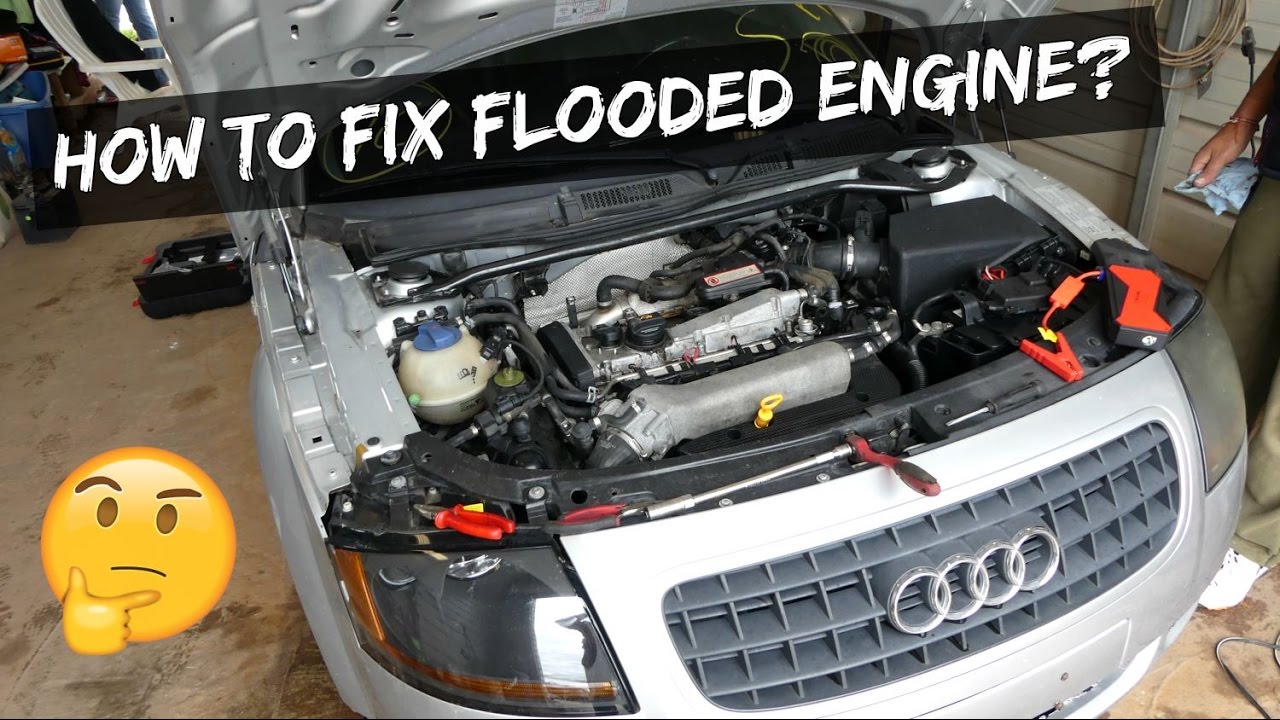How to Repair a Flooded Car Engine
Introduction
Flooding a car engine occurs when too much fuel enters the cylinders relative to the amount of air, causing the engine to fail to start. This can happen when the engine is started with the choke closed, when the fuel injector is stuck open, or when there is a problem with the fuel pressure regulator.
Symptoms of a flooded engine include difficulty starting, rough idling and stalling, and black smoke from the exhaust.
Tools and Materials
- Spark plugs
- Wrench
- Rags
- Fuel injector cleaner
- Fuel pressure gauge
Safety
Before starting any repairs, it is important to ensure your safety. Disconnect the battery and allow the engine to cool down. Wear safety glasses and gloves to protect yourself from burns and chemicals.
Step-by-Step Instructions
1. Remove the Spark Plugs
Using a spark plug wrench, remove the spark plugs from the engine. Inspect the spark plugs for signs of flooding, such as wetness or black carbon deposits.
2. Clean the Spark Plugs
If the spark plugs are wet, use a rag soaked in fuel injector cleaner to clean them. If the spark plugs are covered in black carbon deposits, use a wire brush to clean them.
3. Dry the Cylinders
Use a rag to dry the inside of the cylinders. You can also use a shop vacuum to remove excess fuel.
4. Replace the Spark Plugs
Reinstall the spark plugs into the engine. Tighten the spark plugs until they are snug.
5. Check the Fuel Pressure
Connect a fuel pressure gauge to the fuel rail. The fuel pressure should be within the manufacturer’s specifications. If the fuel pressure is too high, there may be a problem with the fuel pressure regulator. If the fuel pressure is too low, there may be a problem with the fuel pump or fuel filter.
6. Clean the Fuel Injector
If you suspect that the fuel injector is stuck open, you can try cleaning it with fuel injector cleaner. Follow the instructions on the fuel injector cleaner can.
7. Start the Engine
Reconnect the battery and try to start the engine. If the engine still does not start, there may be a more serious problem that requires professional repair.
Tips
- If you have a diesel engine, you will need to purge the fuel system of air before attempting to start the engine.
- If you are not comfortable performing these repairs yourself, it is best to consult a qualified mechanic.
Conclusion
Flooding a car engine can be a frustrating experience, but it is often a relatively easy problem to fix. By following these step-by-step instructions, you can safely and effectively repair a flooded car engine.





